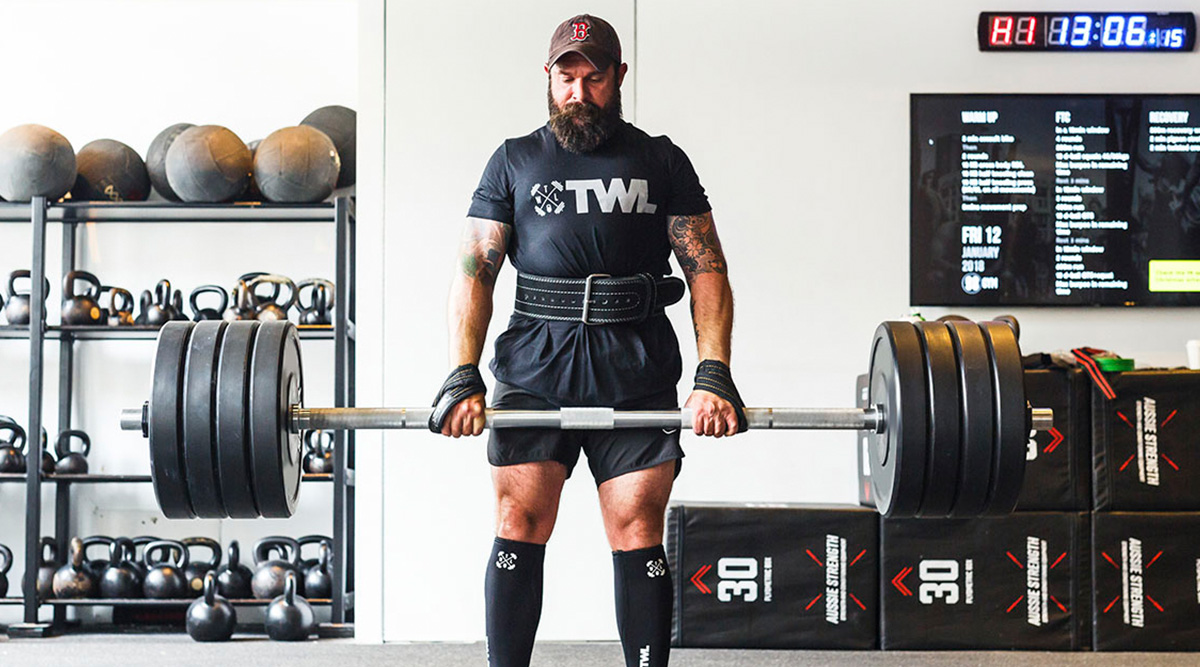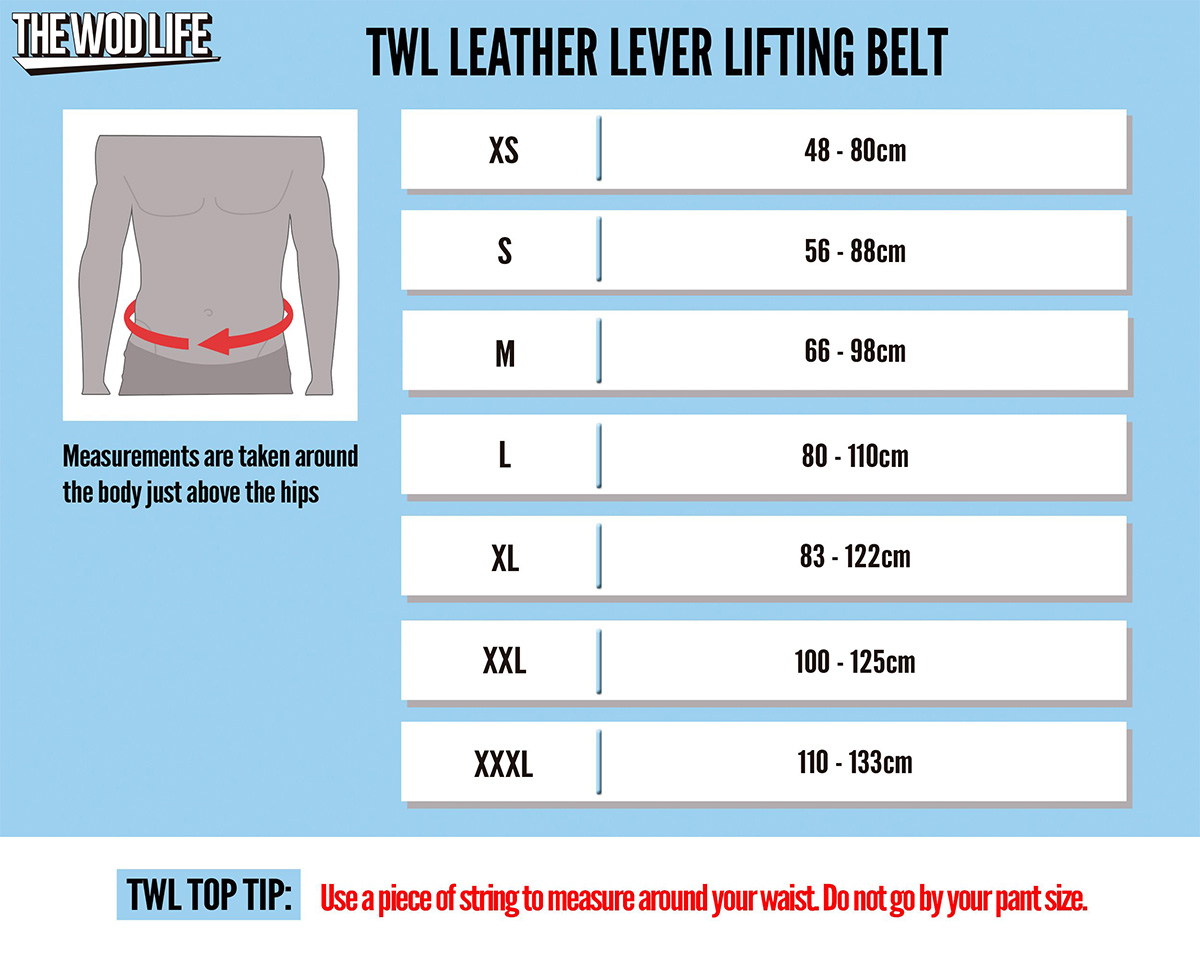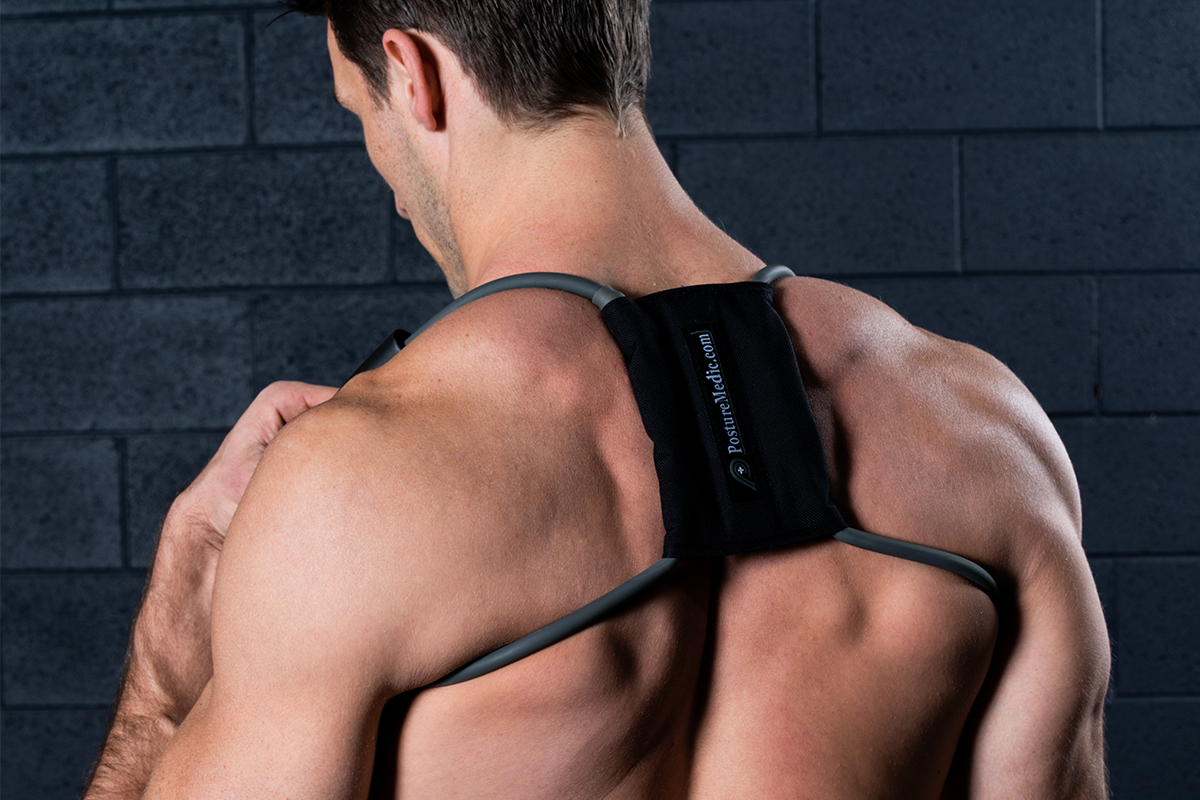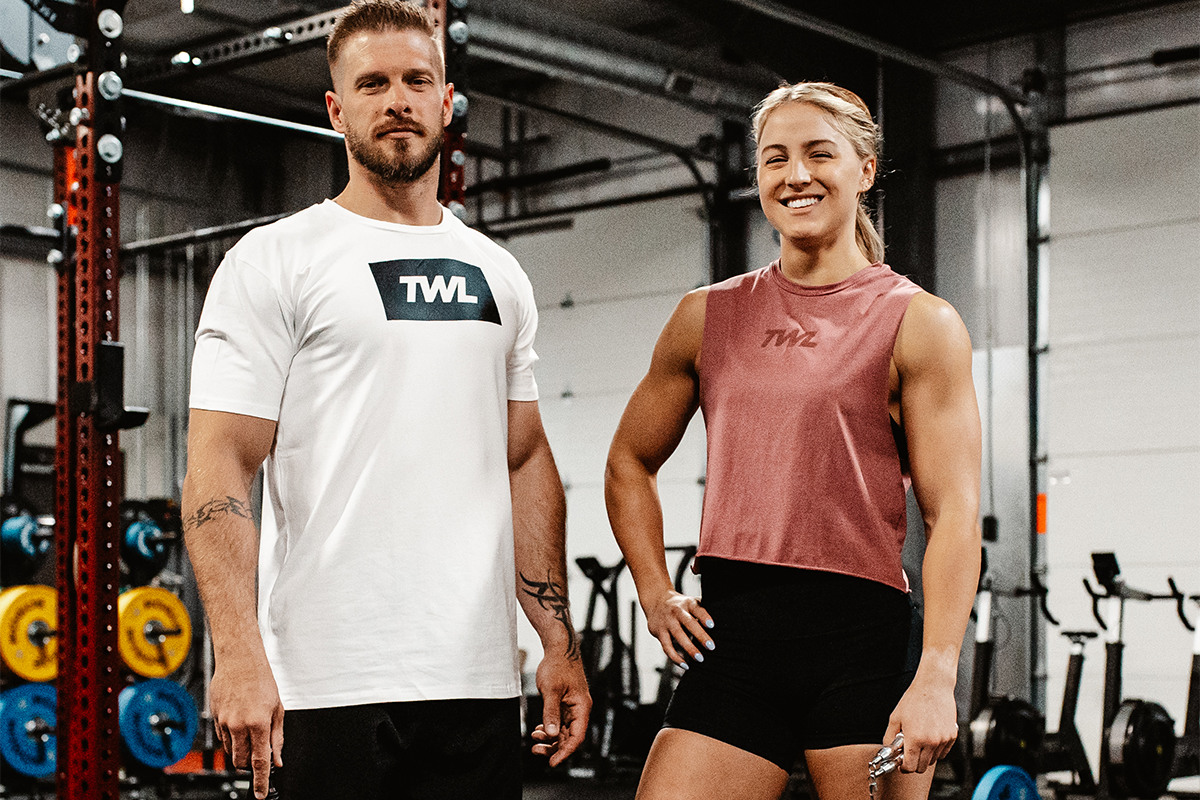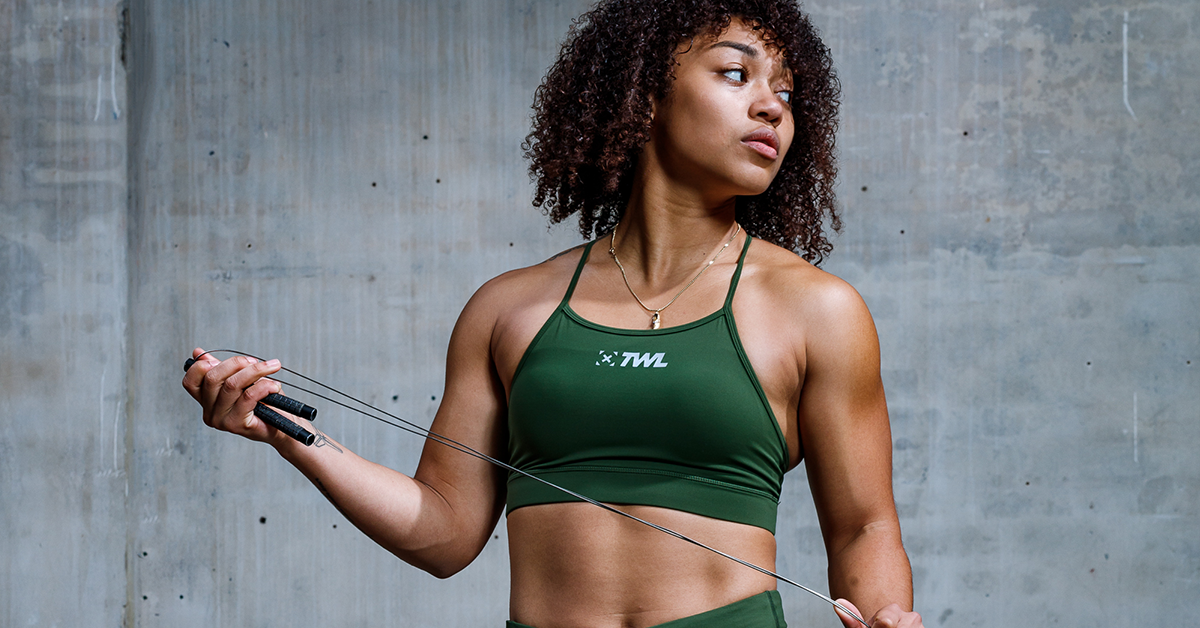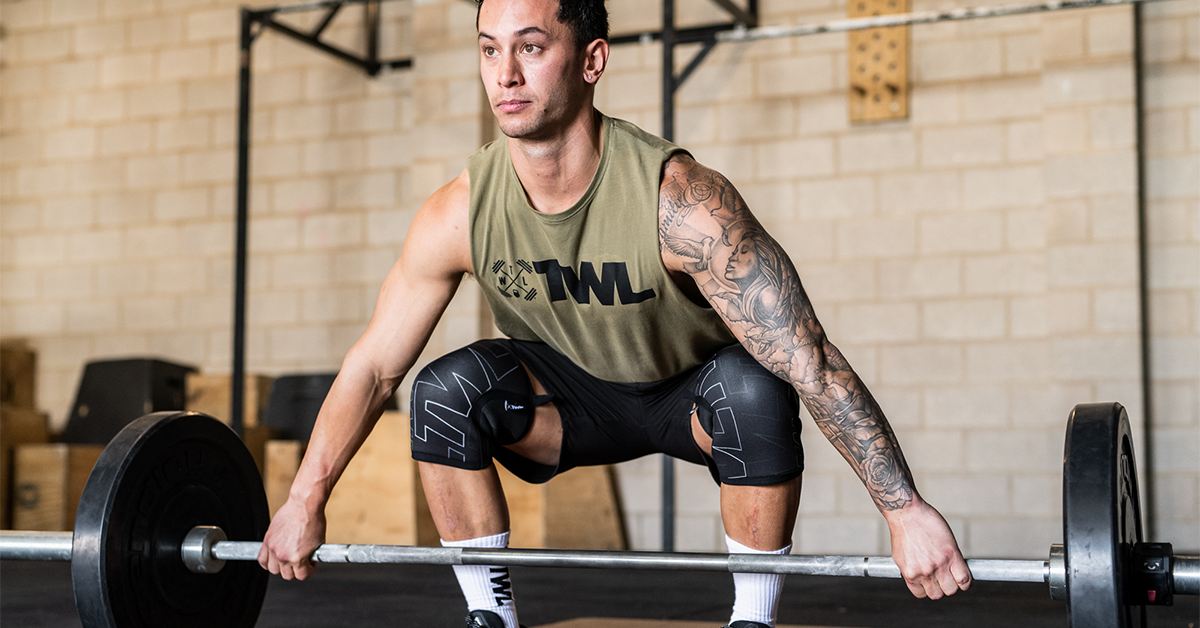As you gain experience as an athlete, you’ll likely start to entertain the idea of wearing a weightlifting belt. Athletes use belts during movements like the clean and jerk, deadlifts, and squats. A belt can provide a number of benefits, but if you don’t know how to find the right size for you, it could prove relatively pointless. How should a weightlifting belt fit? Let’s look at this a little more closely.
What Does a Belt Do?
Before we get to how to find the right size belt, it helps to know what the purpose of a belt is.
In a nutshell, the purpose of a belt is to provide added stability to your core, which then helps you keep your torso engaged. In doing so, it can also add a layer of safety.
Think of a time when you dove under a heavy clean and collapsed at the bottom, your back caving in and the weight rolling off your shoulders. In this example, a belt would have helped keep your torso more upright, so you could better support the weight and stand up out of the lift.
Another example is wearing a belt for a deadlift. We’ve all seen at least one person at the gym pull a heavy weight off the ground with an uncomfortably rounded back. When you lose tension in your core like this, not only are you limiting how much you can pull, but you’re also putting yourself in a position to be injured. Again, a belt can provide stability so you lift the weight with proper form.
How Should a Weightlifting Belt Fit?
Now that you have a basic understanding of what a weightlifting belt does, let’s talk about how to find the best fit for you.
Your belt is going to be put under a ton of pressure. After all, it’s going to be partly responsible for helping you lift massive weights. It’s got a big job to do! This means a belt should have a snug fit. If it isn’t tight enough, it can’t give your body the support it needs.
That doesn’t mean it should be cutting off your air supply.
Fortunately, you’re not required to simply guess what size belt you need. Let’s look at an example. Here’s the sizing chart for TWL’s leather lever lifting belt.
Measuring just above the hips will give you an idea of what size you need.
Keep one thing in mind: for many athletes, before they fasten a belt, they let all of the air of our their body so their stomach flattens and they can fasten the belt even more tightly. This is because it makes it easier to push against the belt and gain even more stability. Remember that when you’re determining your own sizing.
If you need a little more guidance, check out this video on belt sizing.
(Psst! Get our printable rule here.)
There are a lot of belts you can choose from, so it’s in your best interest to find the kind that feels snug but comfortable and also best suits your needs. While it should be tight, it should not be pinching your skin or digging uncomfortably into your hips or ribs.
Helpful tip: If you plan to quickly put on and remove a belt mid-WOD, you need one that’s easy to get in and out of, like a velcro belt.
However, if you do mostly heavy lifting — like Olympic weightlifting or powerlifting — you want the opposite: something that won’t easily come undone, like a belt with a double-prong closure.
An Important Note About Belts
A weightlifting belt can easily add at least a few kilos to your lifts, but don’t forget that there’s a time and a place for it. You should still prioritize building strength and working on your technique.
A belt is not a crutch. For a good majority of your day-to-day lifting, when you’re working with moderately heavy weights and higher reps, you should be rehearsing these movements without a belt. However, when it comes time to go heavy and you’re only doing one or two reps at a time, that’s when it might be appropriate to belt up.
Stay safe, train hard, and enjoy the gains.

